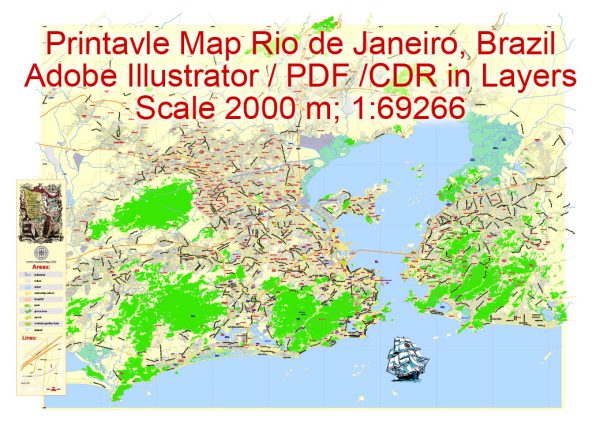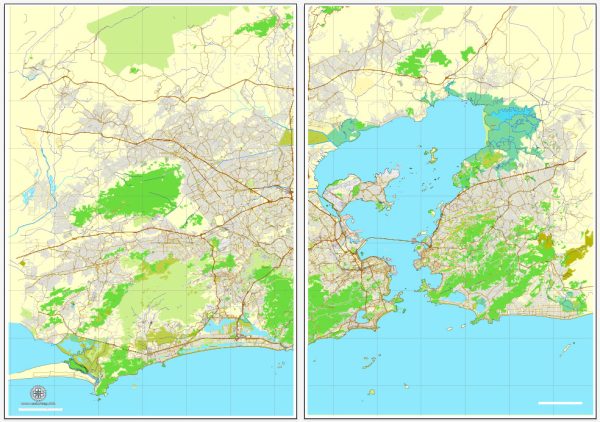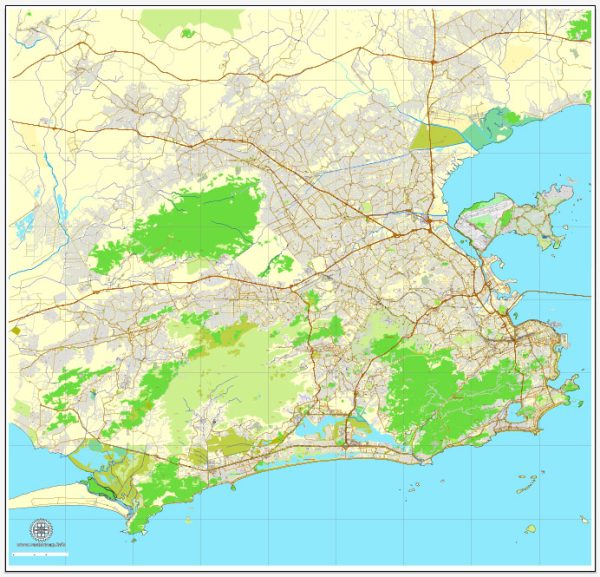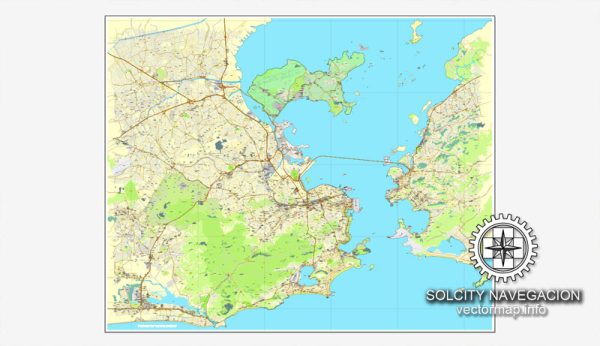Rio de Janeiro, Brazil, is renowned for its diverse and vibrant architecture, which reflects a rich history and a blend of different styles and influences. The city’s architecture is characterized by a mixture of colonial, neoclassical, modernist, and contemporary designs, all set against the backdrop of its stunning natural surroundings, including lush mountains, golden beaches, and the iconic Christ the Redeemer statue overlooking the city. Here is a brief description of some of the key architectural elements and styles in Rio de Janeiro:
- Colonial Architecture: The city’s colonial heritage is evident in the historic neighborhoods of Santa Teresa and Lapa. You can find well-preserved colonial houses with colorful facades, wrought-iron balconies, and intricate tilework, particularly in Santa Teresa.
- Art Deco and Neo-Baroque: Rio de Janeiro has many examples of Art Deco and Neo-Baroque architecture. Notable buildings include the Theatro Municipal (Municipal Theater), which boasts an opulent interior and a façade with intricate sculptural details. The Copacabana Palace is another iconic Art Deco building along the famous Copacabana Beach.
- Modernist Architecture: The city played a significant role in the development of modernist architecture in Brazil. Architects like Oscar Niemeyer and Lúcio Costa were instrumental in this movement. The Museum of Contemporary Art (MAC) in Niterói, designed by Niemeyer, is a prime example of the city’s modernist influence with its futuristic saucer-like design. Other modernist structures can be found throughout the city, particularly in the government buildings and residential complexes in the planned district of Brasília.
- Favela Architecture: Rio is also known for its favelas, informal settlements that have a unique and often improvisational architecture. Homes in these areas are built in close proximity, often perched on hillsides, and use a variety of materials. Some favelas have been receiving architectural and urban planning attention to improve living conditions.
- Contemporary Architecture: As Rio de Janeiro has grown and developed, contemporary architecture has made its mark on the city. Notable examples include the Museum of Tomorrow (Museu do Amanhã), which is a strikingly modern and environmentally conscious building located in the port area. Additionally, the Cidade das Artes (City of Arts) in the Barra da Tijuca district showcases contemporary design with its innovative structure.
- Religious Architecture: Rio de Janeiro has several beautiful churches and religious structures, such as the iconic Christ the Redeemer statue atop Corcovado Mountain and the São Bento Monastery, which features a stunning baroque-style interior.
- Landscape Architecture: The city’s architecture is deeply intertwined with its natural surroundings. Landscape architects have created stunning public spaces and gardens, such as the Botanical Garden (Jardim Botânico) and the lush Tijuca Forest, which are integral to the city’s beauty and provide green sanctuaries within the urban environment.
Rio de Janeiro’s architectural diversity reflects its cultural, historical, and geographical complexity. The city continues to evolve and adapt, adding to its architectural richness while preserving its iconic landmarks and cultural heritage.





 Author: Kirill Shrayber, Ph.D.
Author: Kirill Shrayber, Ph.D.